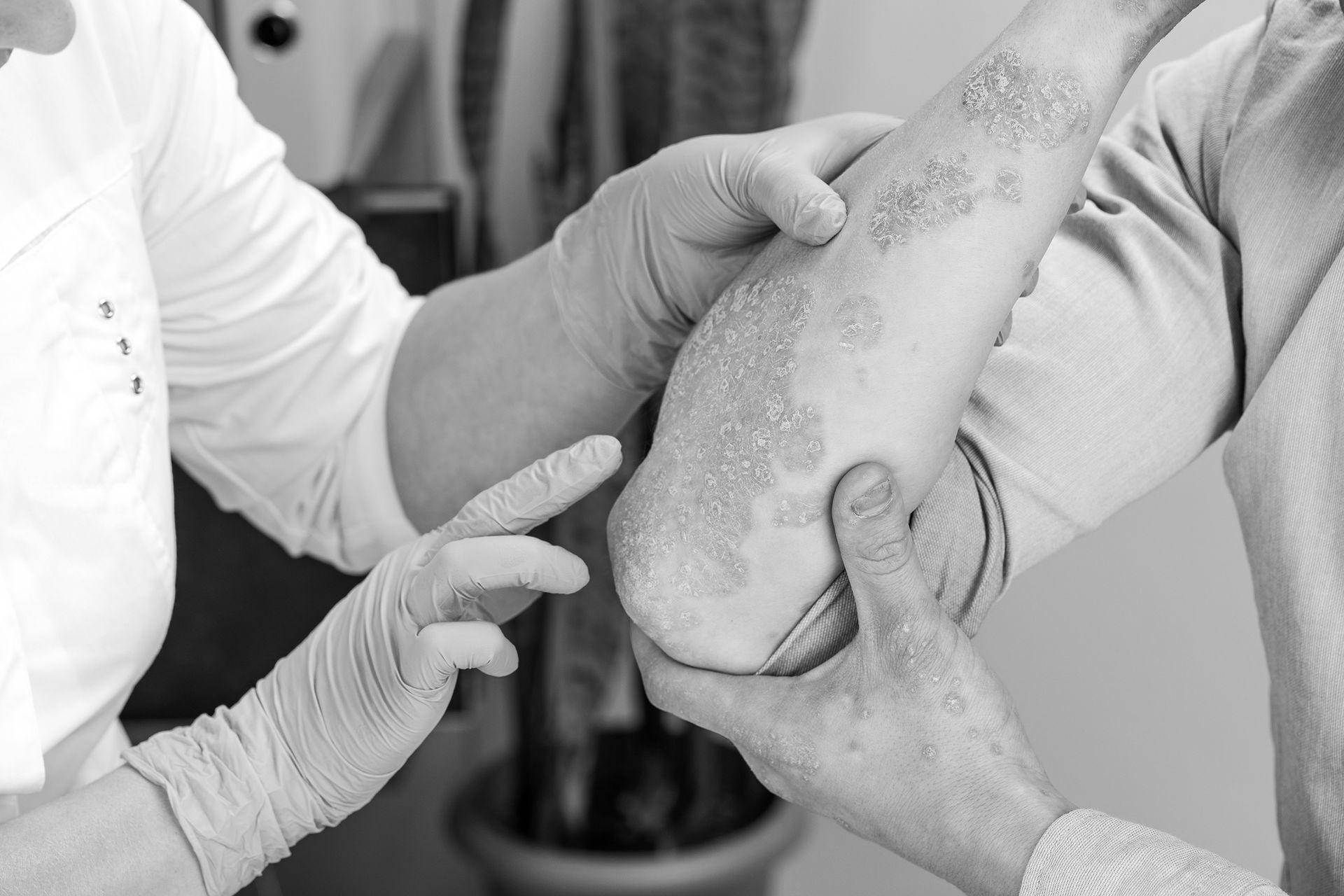Recent Study in Low-Dose Naltrexone Use in Biopsy-Proven Lichen Planus of the Nails

Featured Student: Sundus Malik
Sundus Malik is a fifth-year medical student in the B.A./M.D. program at the University of Missouri-Kansas City. In her spare time, she likes to paint and track race. Her research summary underscores the value of rigorous methodology in clinical trials and highlights the potential of low-dose naltrexone as a novel therapy. Through this process, she has learned to appreciate the significance of patient-centered approaches and the necessity of considering both short-term and long-term outcomes when evaluating new treatments.
KSDDS Newsletter Educational Coordinator - Demi Elrod (UMKC - SOM)
Introduction
Lichen planus of the nails is a chronic inflammatory condition that can lead to significant nail dystrophy and discomfort for patients. Traditional treatments often fall short in effectively managing this condition, prompting the need for alternative therapeutic approaches. In a study published in JAMA Dermatology in October 2024, Dr. Eric R. Bray and colleagues explored the efficacy and safety of low-dose naltrexone (LDN) as a treatment for biopsy-proven lichen planus of the nails.
Methodology
The study utilized a double-blind, placebo-controlled design to ensure the reliability of its findings. Participants were randomly assigned to either an LDN treatment group or a placebo group. The treatment group received a low dose of naltrexone daily, while the control group received a placebo. Both groups were monitored over a specified period, with regular assessments of nail appearance and symptom severity.
Findings
The results of the study indicated a significant improvement in the nail appearance and symptoms for those in the LDN treatment group compared to the placebo group. Participants receiving LDN reported reduced discomfort and visible improvement in nail dystrophy. Importantly, the treatment was well-tolerated, with minimal side effects, suggesting LDN as a viable option for managing this condition.
Strengths and Weaknesses
One of the major strengths of the study was its robust methodology. The double-blind, placebo-controlled design minimized bias and ensured the accuracy of the results. Additionally, the focus on a condition that is often challenging to manage highlights the study's clinical relevance and potential impact on patient care. However, the study also had limitations. The small sample size may limit the generalizability of the findings, and the relatively short follow-up period did not allow for an assessment of long-term effects.
Applications to Future Practice
The findings from this study suggest that low-dose naltrexone could be a promising treatment for lichen planus of the nails. This offers a new avenue for patients who may not respond well to traditional therapies. The research paves the way for further studies to explore the long-term efficacy and safety of LDN, as well as its potential application in other dermatological conditions. Integrating LDN into clinical practice could improve patient outcomes and offer a new therapeutic option for managing this often debilitating condition.
References:
Bray, E. R., & Morrison, B. W. (2024). Low-Dose Naltrexone Use in Biopsy-Proven Lichen Planus of the Nails. JAMA Dermatology.
https://doi.org/10.1001/jamadermatol.2024.4098



